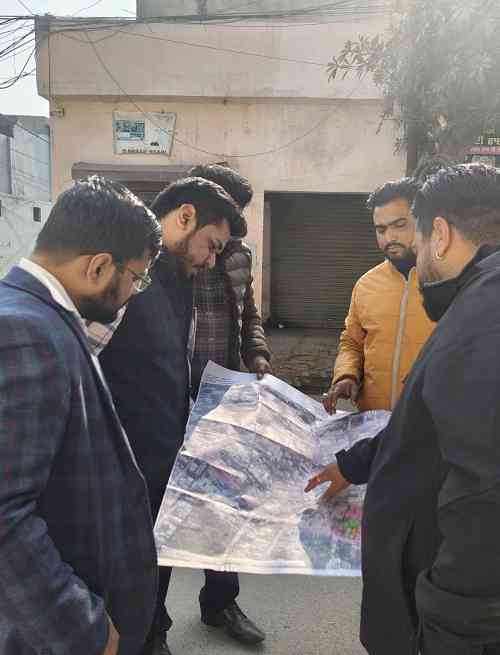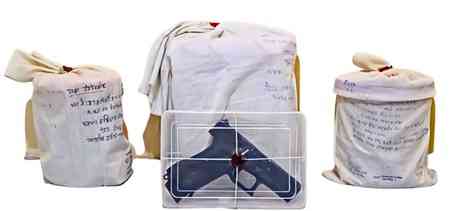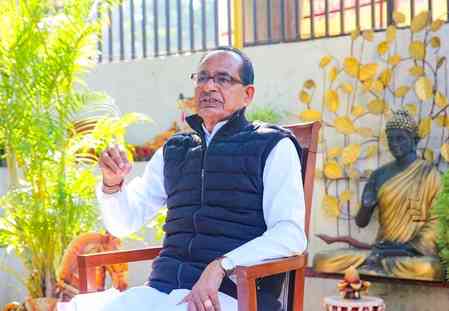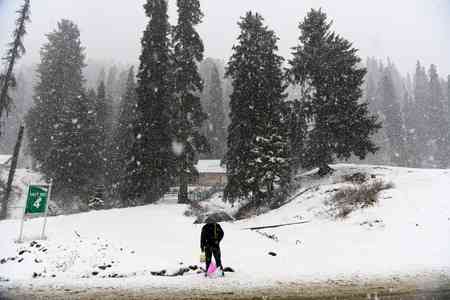Comprehensive public grievance redressal policy to bring grievance mechanisms of all Punjab depts under one umbrella
There is currently no single interface for citizens to register their grievances with the government

Chandigarh: The Punjab Cabinet on Monday approved a comprehensive Public Grievance Redressal Policy, paving the way for the creation and management of a Public Grievance Redressal System (PGRS) to bring the grievance mechanisms of all departments under one umbrella, within the ambit of `Digital Punjab’.
Led by Chief Minister Captain Amarinder Singh, the Cabinet decided to put in place a uniform system for redressal of the grievances of citizens in a time-bound, accessible and transparent manner.
There is currently no single interface for citizens to register their grievances with the Government, which necessitated the formulation of a comprehensive policy in this regard, according to an official spokesperson.
Aimed at further improvements in service delivery of citizen grievances redressal, the policy provides for establishment of a clear standardised workflow for grievance redressal, assigns timelines to each officer in the workflow for resolution of grievance, enables citizens to submit their feedback on the resolution provided, escalates grievances to higher authorities, and allows for analysis of the collected data for evidence-based decision making. Supported by an IVR system and a proposed call centre, PGRS shall enable collection of citizen feedback and sentiments on Government’s delivery of resolution in services.
The Department of Governance Reforms and Public Grievances has built an IT portal for PGRS as per the Punjab Grievance Redressal Policy, and proposes to onboard all the departments on it, and to conduct training of department officers and staff, as required, for the purpose.
In the absence of a clearly defined policy for citizen grievance resolution, various departments were so far operating and maintaining their individual systems to receive and redress grievances from citizens. PBGRAMS, a legacy system, is also being used by multiple departments for this purpose, but it lacks a standardised workflow for redressal and has no proper timelines for resolution of delivery and accountability to departments.


 cityairnews
cityairnews 










